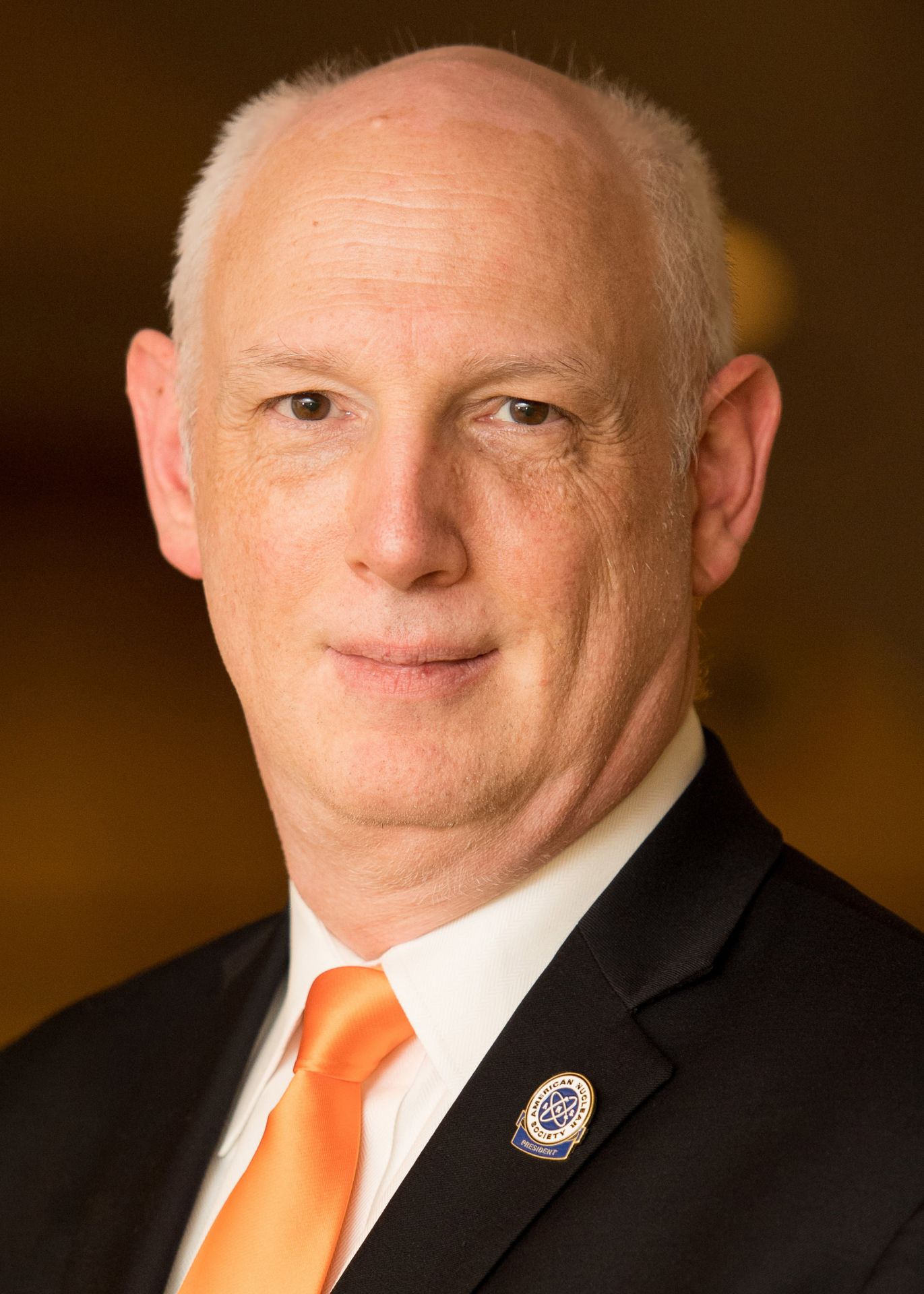Reliable electricity from nuclear

Steven Arndt
president@ans.org
In our daily lives, most of us take for granted that electricity will be available. We pull up to our garages in our cars and push the garage door opener and it works. Our refrigerators stay cold. Our houses stay warm. Our lights come on when we flip the switch. But reliable electricity doesn’t happen by accident. One of the most important parts of our industrial infrastructure, a reliable electric grid is achieved through deliberate design that uses a mix of sources that can achieve reliability, low cost, and other specific attributes like low environmental impact. Maintaining a reliable electric grid requires planning, analysis, and understanding of what is happening in the world. Many of the traditional grid reliability standards no longer recognize the reality of today’s constrained electric grids, nor do they account for fuel supply, weather, or the high penetration of renewables.



